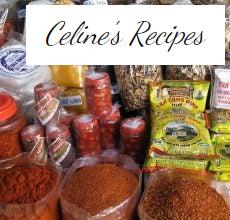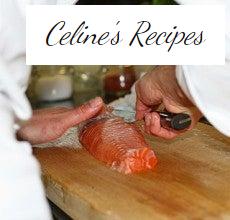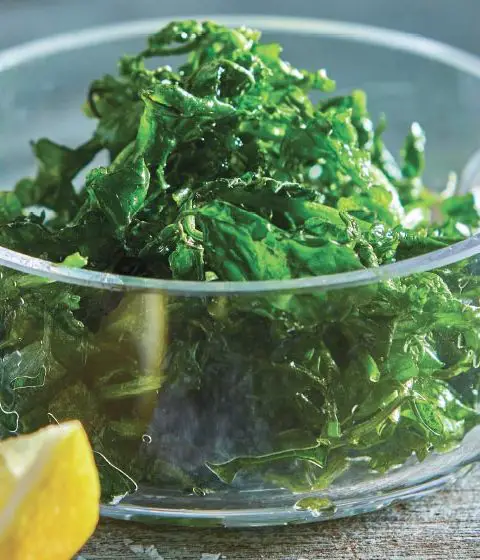A benchmark that is born in our seas
The sea bass, sea bream and sea bass that come from marine aquaculture on our coasts are a worldwide benchmark in both quality, sustainability and food safety.
The Aging of Our Seas seal certifies the national origin and the proximity to imported fish.
This quality seal that you can find in the three types of fish guarantees that the pieces you find in your supermarket meet the standards throughout the process, from birth to arrival at the point of sale, and endows these species with excellence. and the flavor that characterizes them.
Crianza de Nuestro Mares was born thanks to the main aquaculture operators in these three species .
It is a group of companies that is committed to the quality and freshness of fish, since it takes into consideration the oceans and the consumer. They are responsible for its production, aging and marketing.

For a species to bear the identification seal of raising our seas, it must
- Being an indigenous species at its place of production.
- To have been exclusively fed with authorized feed in the EU.
- Coming from farms integrated into the Sanitary Defense Group .
- Growing up in marine farms optimized for the environmental impact.
- Ensure the origin and traceability of the fish throughout the entire process, from start to finish.
These three species can ONLY come from open sea facilities located in seas off our coasts. From the time the fish leave the water until they reach the point of sale, they take 24 to 36 hours and during this journey they are in a cold chain that never exceeds four degrees or falls below zero.
Bureau Veritas is responsible for ensuring that the production chain for these fish is done correctly throughout the journey and is also in charge of checking that the fish bearing the Crianza de Nuestro Maressean seal deserve this.
On the other hand, APROMAR is the entity in charge of centralizing and achieving the implementation of the seal. It is an organization of producers at national and European level that represents all forms of aquaculture that are carried out in Spain.
It includes all the producers of farmed fish (trout, oysters, sole, sturgeon, eel …) and represents global production that exceeds seventy thousand tons of aquatic products annually.
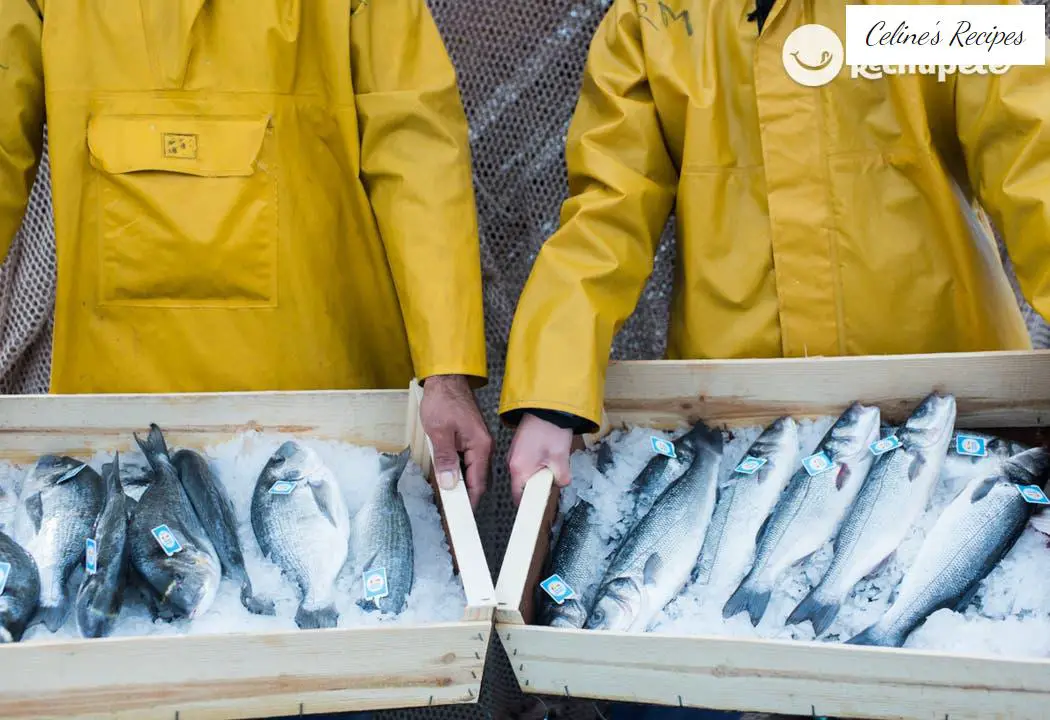
Golden
- The Crianza de Nuestro Mares breams have an oval body and flattened sides. Large head to body and arched profile with forked fin.
- The skin is bright gray and they have a particular stain at the beginning of the side. Also, the band between the eyes is similar in all.
- They are raised in the Spanish Mediterranean Sea and in the Canary Islands. They produce eggs from spawning fish under conditions that replicate their natural habitat. Once they have reached the necessary size to be able to live in the open sea, they move to what will be their home until consumption time.
- This will be between 18 and 24 months , which is what it takes to reach 400 grams from when the egg hatches. At our point of sale we can find it from 250 to 1500 grams.

Bass
- On the other hand, sea bass have an elongated and cylindrical body. The skin is recognized by its large leaden gray scales that are darker on the dorsal than on the sides.
- The lower part of the jaw is prominent and the gill cover has recognizable black spots. The fin is also forked.
- Sea bass are raised, like golden ones, in the Spanish Mediterranean Sea and the Canary Islands and can lay up to 250,000 eggs .
- In order to be taken to the nursery, the sea bass must be the right size. Their time ranges from 20 to 24 months. Like the gilthead, you can find it in your supermarket from 250 to 1,500 grams.
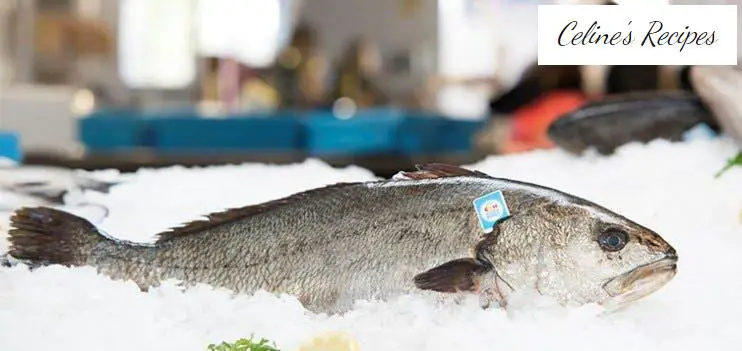
Corvina
- Of medium scale skin, leaden silver color with brown reflections, the corvina has the gills of a special hue and coloration. His body is long and his eyes are small.
- Its commercial sizes are 800 to 1,200 grams and its time once taken to the open sea is about 24 months. They live there, surrounded by currents of the open sea, in large structures that are called nurseries.
- Both the meager and the rest of the fish that you will find with the seal live there, occupying only 2 percent of the space.
Did you like it? Share it!
Share Tweet Pin it To print
Receive a weekly email with new recipes and yummy recommendations.
Think of Pixels SL as the owner of Recetasderechupete.com, it will use the data you provide in this form only to send you blog updates. We treat your data with respect. For more information see the Privacy Policy . You can change your mind at any time and unsubscribe by clicking on the footer of any email you receive from this website, or by contacting [email protected]. Yummy recipes use Mailchimp as a platform for sending emails. Mailchimp is covered by the EU-US Privacy Shield agreement, approved by the European Data Protection Committee. By submitting this form, you consent to your data being transferred to MailChimp for processing in accordance with its Privacy Policy .
If you liked this article you will like:
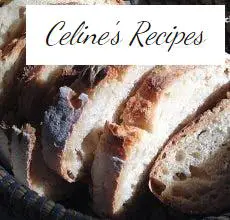
Bread. Tips for storing, freezing and roasting

Printable weekly menu template

